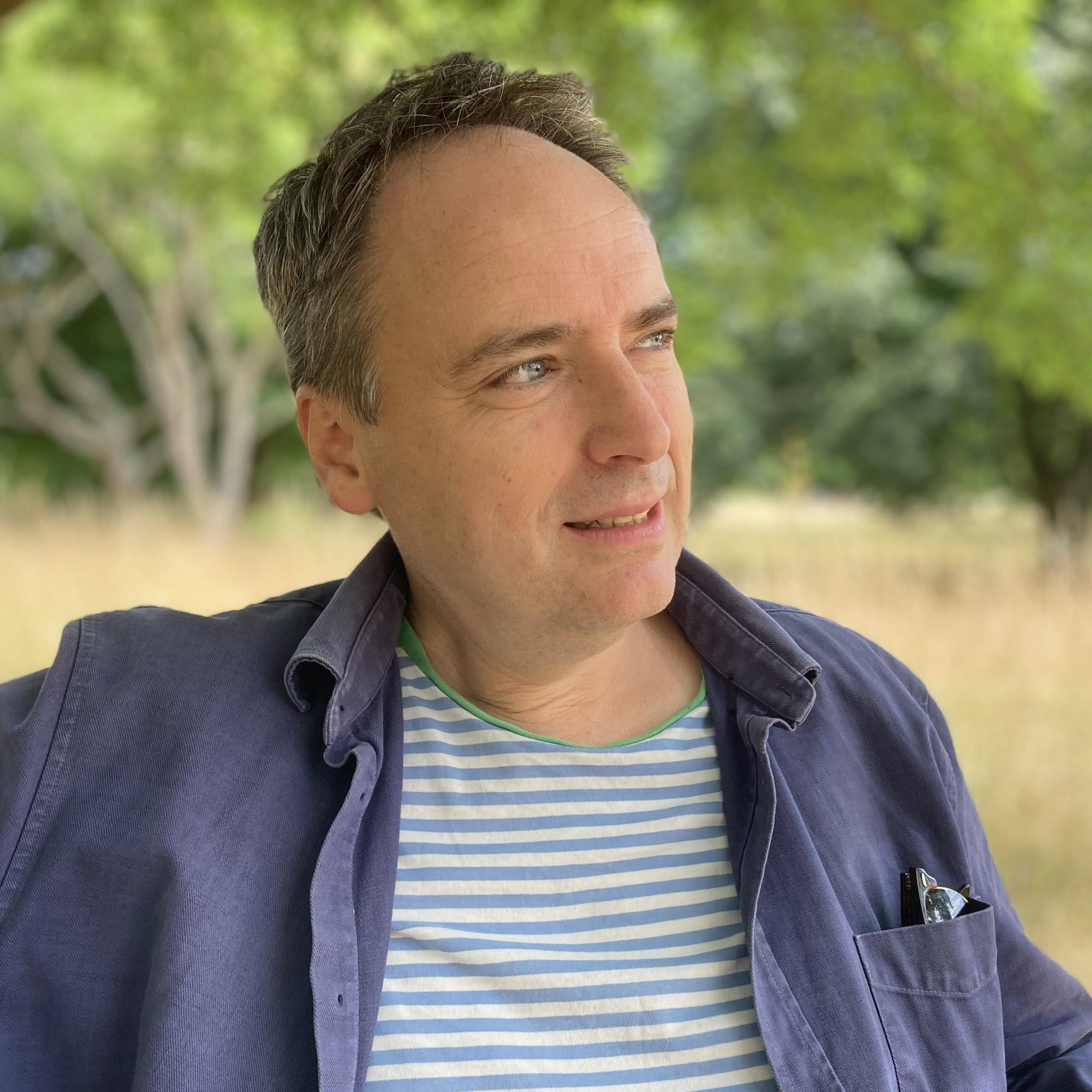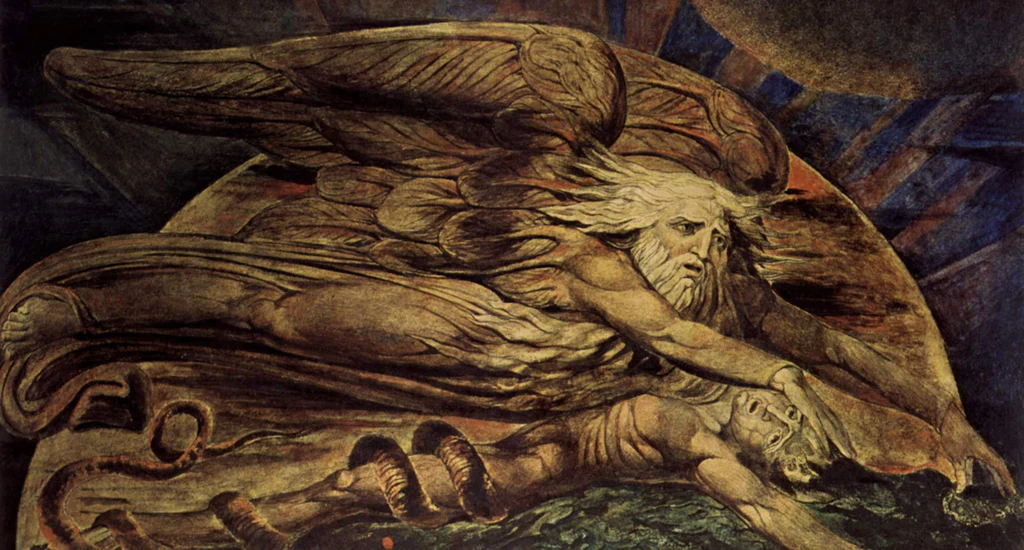
Musician, poet and songwriter Valentin Gerlier has joined Dartington Arts School as head of programmes.
The son of a ballet dancer and teacher he has been immersed in the arts community from an early age – even dancing himself for a short time. He is delighted that joining Dartington gives him the opportunity to join a new community. Here he shares a little of his background and says he is looking forward to becoming immersed in deep and challenging conversations, just don’t ask him to do a pirouette.
Q : Tell us a little bit about your background/research interests and what led you here?
A : I descend from French, Russian and Belgian artists, and grew up in Tuscany amongst communities of ballet dancers, musicians, writers etc. The arts have always been my natural home. At 17, I started working as a professional musician and songwriter: playing, touring and working in studios all over Europe. My other passion is literature, and my research tries to articulate deep connections between literary language, philosophy and spirituality. I research what it is that poetic language can uniquely reveal about the structures, energies and vitalities of the real. That is ultimately what brought me here, to lead the MA in Poetics of Imagination: I’m very thankful to Tracey Warr and Martin Shaw for having written a programme that seems made exactly for me!
I initially started teaching just to pay the bills, but soon discovered I had a feel for it and a passion for it – maybe it was handed down from my mother, who was an incredibly inspiring ballet teacher, I don’t know. Some years ago, it became very clear that all my skills and passions could flourish through education. I now feel strongly that teaching is my lifelong vocation, and I’m very grateful to be able to deepen it here at Dartington
Q : What’s been different about teaching here compared to other places you have experienced?
A: As well as conventional universities, I have taught in several holistic education settings before, so Dartington feels like a bit like a homecoming to me. I have to say so far I am really grateful to have such fantastic students: thoughtful, sensitive and creative, with a natural sense of community. Students here seem prepared to reckon with radically different ways of engaging with the world, rather than passively accumulate information or just play with ideas or see education as a means to an end.
Q : What are your thoughts on embarking on your new role?
A : I first want to listen, to look and to learn about what already grows and flourishes here. All good things thrive when relationships flow, with openness and honesty.
Q : What aims do you have for the future of the arts school?
A: I’d like to focus arts education around developing a synaesthetic artistic sense, where all our senses (including the non-physical ones like imagination and mind) collaborate together in perceiving, responding and creating. I want to encourage practices that return to the wellspring of creative attention, observation and discernment. Secondly, I want to develop the sense of the school as a haven: other teachers, researchers, artists, visionaries and heretics from all over the world should want to come and share their creative output and wisdom and know that they will be nurtured and replenished by what is going on here. Conversely, the energy and creativity that is gathered here must flow out into the world and not just be swallowed up by local concerns and ideologies. Finally, I want to retrieve artistic skills, practices and crafts because they offer unique ways in which the body participates in and ties together continuities between the organic and the social world. I do feel the dedication to skill and practice deepens sensitivity to one another and frees us from the tyranny of means-ends relationships.
Q : What elements are needed for a vibrant learning community?
A : As William Blake says: ‘opposition is true friendship’. I think an arts school offers a gathering centre for a creative form of restlessness, where there is generous, patient and lively co-mingling of ideas which does not collapse into flat, lifeless agreement. Vibrancy occurs where there is unity in differentiation, harmony in distinction. And lots of live music!
Q : What artist/writer or thinker inspires you?
Unsurprisingly, William Blake. Painter, singer, engraver, poet and visionary, his multi-disciplinary artistic output was incredibly complex and powerful, daringly different from what was going on around him. He saw the infinite potential of the creative imagination but also warned that the human will-to-order was destroying the world. He deeply understood the environmental impact of industrialism, and viewed politics, religion and art as deeply – sometimes uncomfortably – connected with one another. For him, the artists, those whose medium is the creative imagination, are the only ones capable of generating a genuine transformation of sense-perception. I’d like to think he would have liked being in Dartington: I can see him now painting on giant canvases in the Great Hall, or smiling enigmatically as you encounter him in the Library…
Q : Tell us something surprising about yourself?
A: My ‘debut’ as an artist was in a ballet, when I was 11, playing young Dante as he meets his muse Beatrice on a giant stage in Ravenna Italy. There was a dance critic there that says the same thing every time she sees me: Ecco il nostro piccolo Dante! (and here is our little Dante). I’d like to tell her I’m in my forties, but I don’t want to break her heart. So yeah, I guess I started as a ballet dancer. But please don’t anybody ask me to do a pirouette. I’m a touch rusty.

Pictured : Elohim creating Adam 1795, by Poet, artist and printmaker William Blake who believed in the power of imagination and the transformative nature of art.
